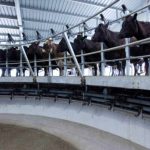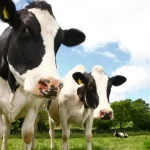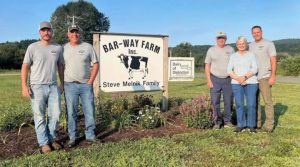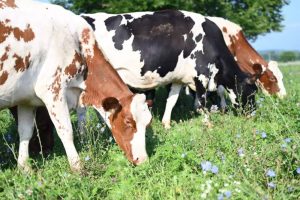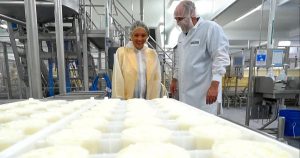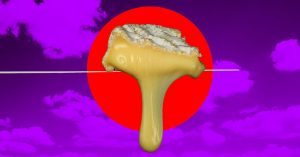
But while the casual consumer may keep a stockpile of cheese in their fridge, no cheese collection beats the U.S. government’s store of 1.4 billion pounds of cheese, hidden away deep under the surface of Missouri. Instead of piles of sharp-aged cheddar or creamy brie, the cheese cave is filled with something simply known as “government cheese;” the result of decades of food shortages and government intervention.
The story begins in the 1970s, according to History. Across the United States, citizens faced a challenging economy, including nationwide fuel shortages. Along with these issues, the country also saw a shortage of dairy products. Following the laws of supply and demand, dairy prices skyrocketed by 30 percent in 1973. After the government attempted to combat these high numbers, the pendulum swung in the other direction, and dairy prices tanked. A few years later, in 1977, President Jimmy Carter instituted a new plan to inject $2 billion into the struggling dairy industry. This saved many dairy farmers from financial ruin, but it also opened up a new can of worms.
A surplus of cheese
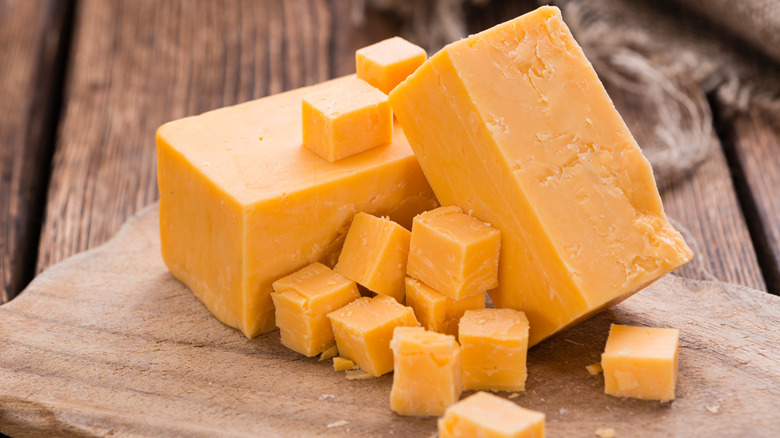
To revitalize the dairy industry, the Carter administration also bought up any milk that went unsold, which was quite a bit since the extra money encouraged dairy farmers to overproduce. The government processed this milk into products like butter and dehydrated milk powder. And since it had such a long shelf life, they also made a lot of cheese. At one point in the early ’80s, the government had over 500 million pounds of cheese stored in warehouses across 35 states. And since the government kept buying milk, dairy farmers kept producing it.
The public first caught wind of the government’s cheese supply in 1981. According to United Press International, then Agriculture Secretary John R. Block showed the press a large chunk of government-processed cheese that had started to mold and revealed that there was nothing to do but give it away for free. The fact that the government was holding huge reserves of food while people were going hungry enraged citizens, and they called for the president, Ronald Reagan to take action. Reagan acquiesced at the end of 1981 and made the Temporary Emergency Food Assistance Program to distribute this “government cheese” to low-income communities.
The cheese stockpile keeps growing

Dairy continues to be produced in excess today, and there are currently about 1.4 billion pounds of cheese in government storage, according to the U.S. Department of Agriculture. But only a small percentage of that is actually owned by the government — most of it is owned by private companies. The government-held dairy, along with other food stores, continues to be given to the public through food-relief programs. Seeing as how dairy production rates continue to rise, it’s safe to assume that the cheese caves won’t be running low any time soon.
As for the ‘government cheese’ itself, it is similar to American cheese, with a similarly questionable nutritional profile. It usually arrived to people moldy and didn’t have an especially pleasant taste. Still, the processed cheese holds nostalgic value to those who grew up eating it and has been mentioned in songs by artists like Kendrick Lamar and Jay-Z. The government’s practice of stockpiling and distributing cheese and other dairy products helped countless hungry families, as well as the entire American industry. While today it seems that there’s still more cheese than anyone knows what to do with, it’s worth remembering the practical roots of the vast cheese caves.

